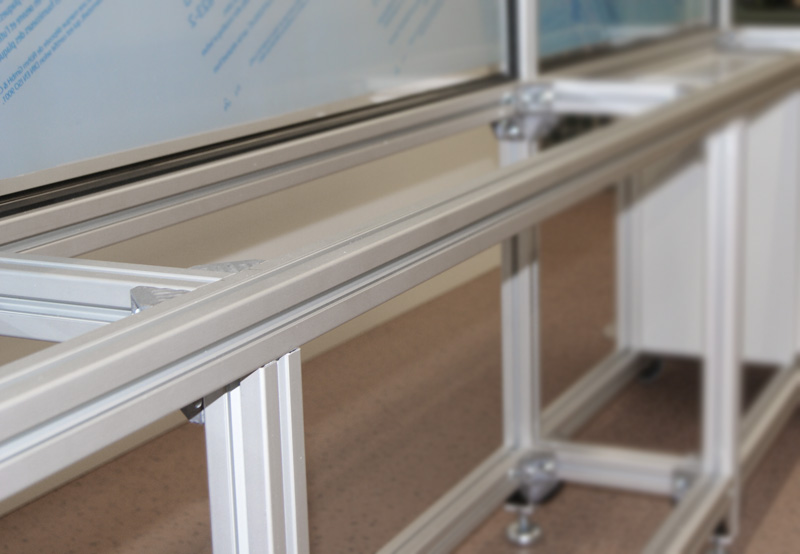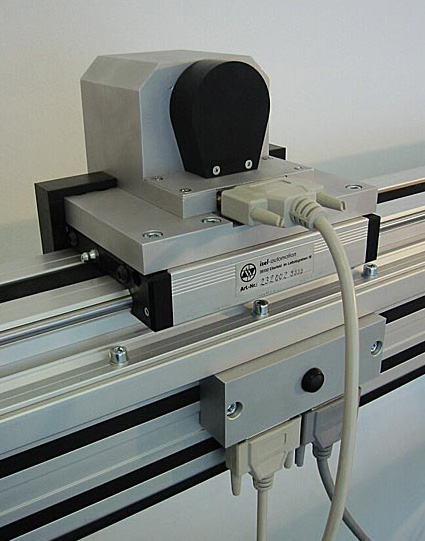What is the three-arm pendulum?
The three-arm pendulum is used for practical implementation and scientific investigation of control concepts and as a laboratory experiment in teaching.
The three-arm pendulum is an experimental setup with a linearly movable carriage or slide on which up to three freely swinging pendulum arms can be mounted. The objectives that can be impressively demonstrated with the aid of the three-arm pendulum include reaching one of the unstable rest positions of the pendulum and quickly approaching the stable rest position. For this purpose, the only manipulated variables available are the travel speed of the carriage and, as measured variables, the carriage position and the arm angles. Core tasks of the three-arm pendulum are:
The high manufacturing quality and the selection of high-quality components of the three-arm pendulum ensure that the highly dynamic setup meets the high demands on the mechanics, the sensors and actuators as well as the computer technology. The three-arm pendulum is characterized by precise travel, minimal backlash and very low slip of the moving components.
The pendulum is controlled via the real-time capable development system dSPACE MicroLabBox, which comes with the associated Matlab/Simulink toolbox for developing the software.
What is the mechanical structure of the three-arm pendulum?

Which electronics is the three-arm pendulum equipped with?
Do you already know the newsletter of HASOMED GmbH? Here you will receive all information about updates, product enhancements as well as current offers and dates.
Where is the three-arm pendulum used?
The following institutions work with the three-arm pendulum:
In order to promote the exchange of experiences, some users have provided their communication data. You can find them in the following pdf document.
What is included in the scope of delivery of a three-arm pendulum?
For further information about the three-arm pendulum, please contact the support of HASOMED Head Office.

